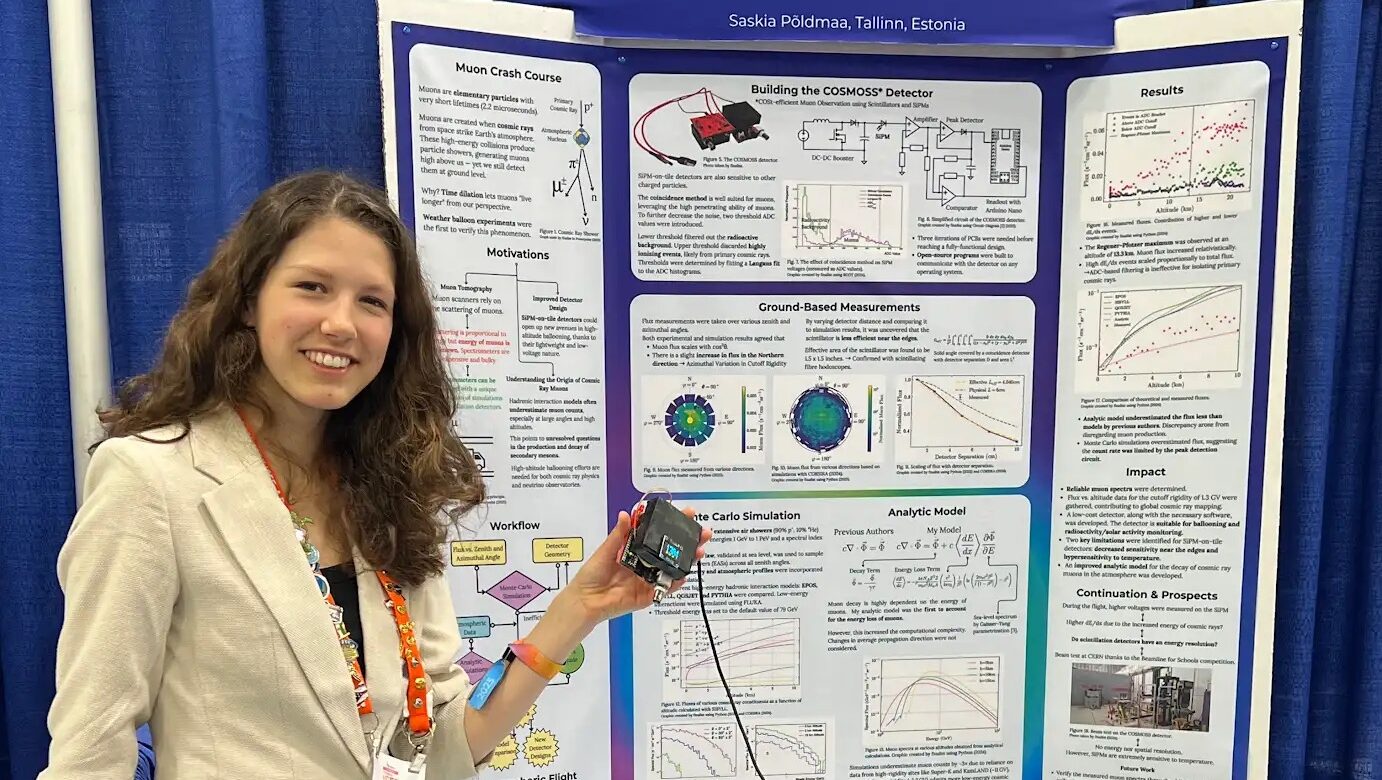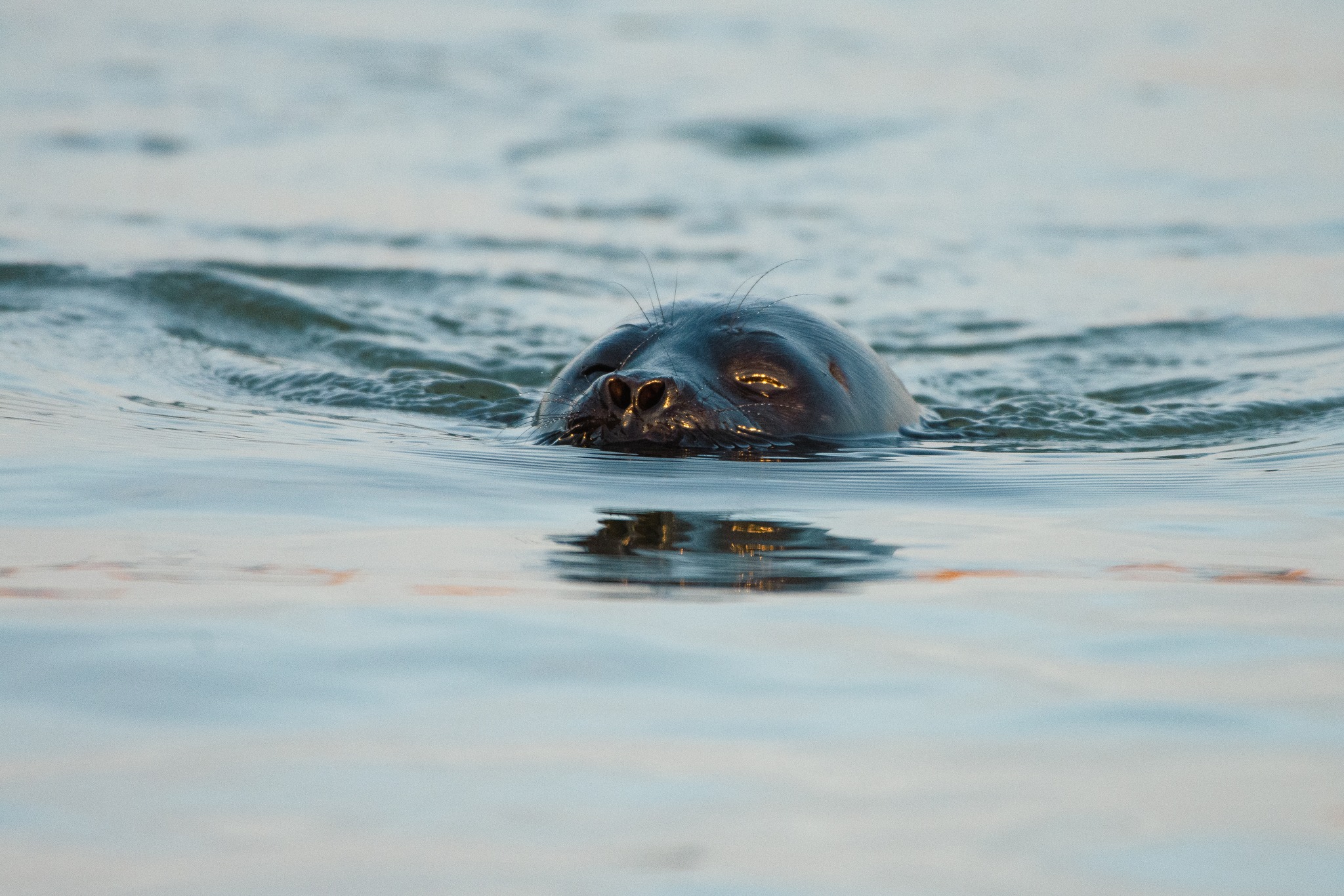Using project-based learning to promote career readiness for college students is becoming a popular idea. In fact, more than one university is now offering this type of educational experience for their aspiring engineers. One example is the University of California, Irvine, where the The Samueli School of Engineering has launched the Office of Experiential Learning. At the high school level, this can help students decide on future career directions.
Thinking about project-based learning, if you are a budding engineer, like working on projects for science competitions, or simply enjoy working with your hands during the Christmas season, you might enjoy making your own mechanical Christmas window display.
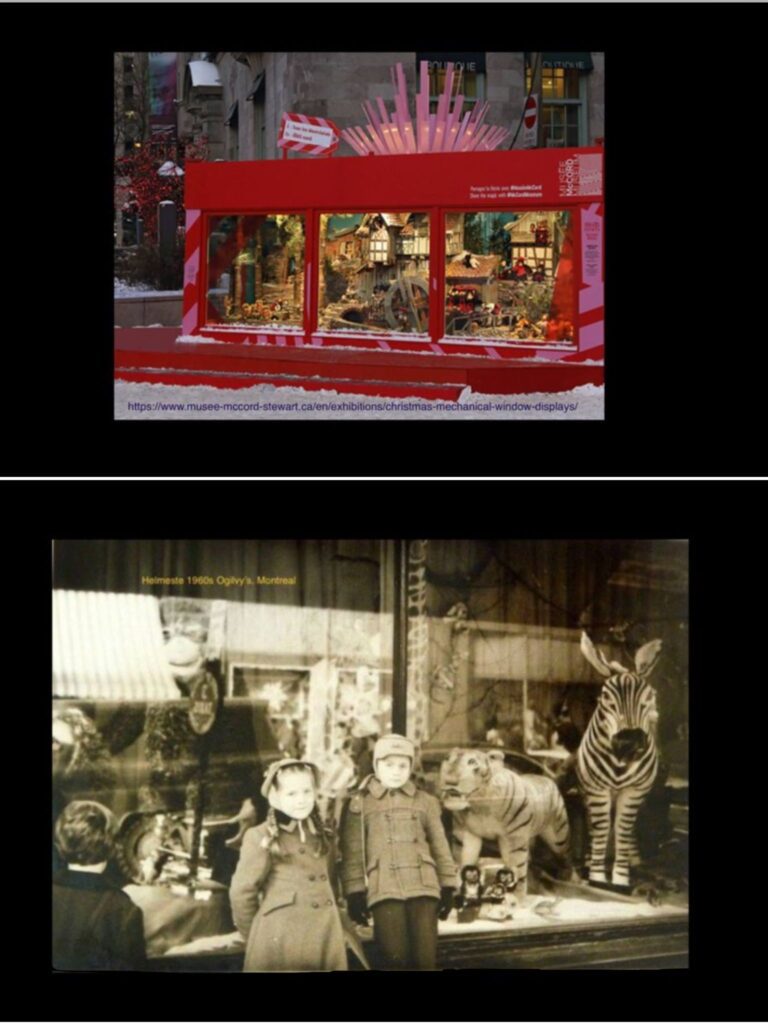
For inspiration, consider one of the most famous Christmas windows in Montréal, the Ogilvy Christmas mechanical toy window, now moved to the McCord Stewart Museum near McGill University. Looking at how the Steiff toys move in the display can give you ideas for making your own Christmas window display at your school, the public library, or at home.
At the elementary school level, it’s useful to learn how cogwheels work. Two simple cogwheels made of cardboard and thin wooden dowels can create movement. These rotating wheels can push each other and spin a central column to make a flock of paper birds fly in circles overhead. You can also make something more elaborate out of wood and more moving parts, like a scene of a busy village at work. There are many exciting approaches to these displays that you can find online.
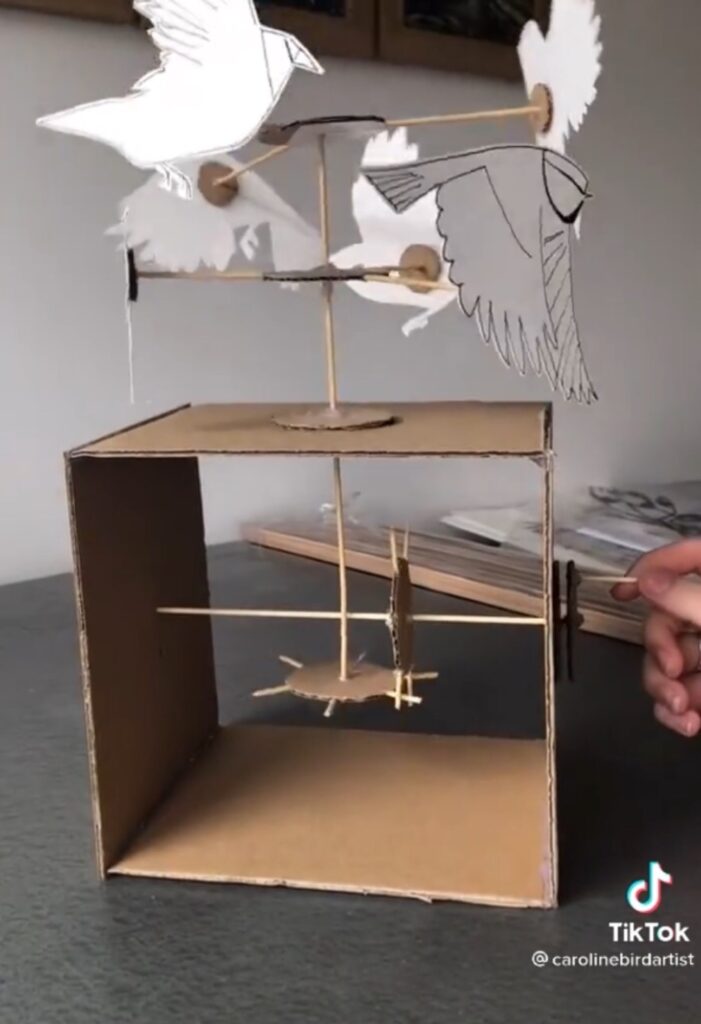
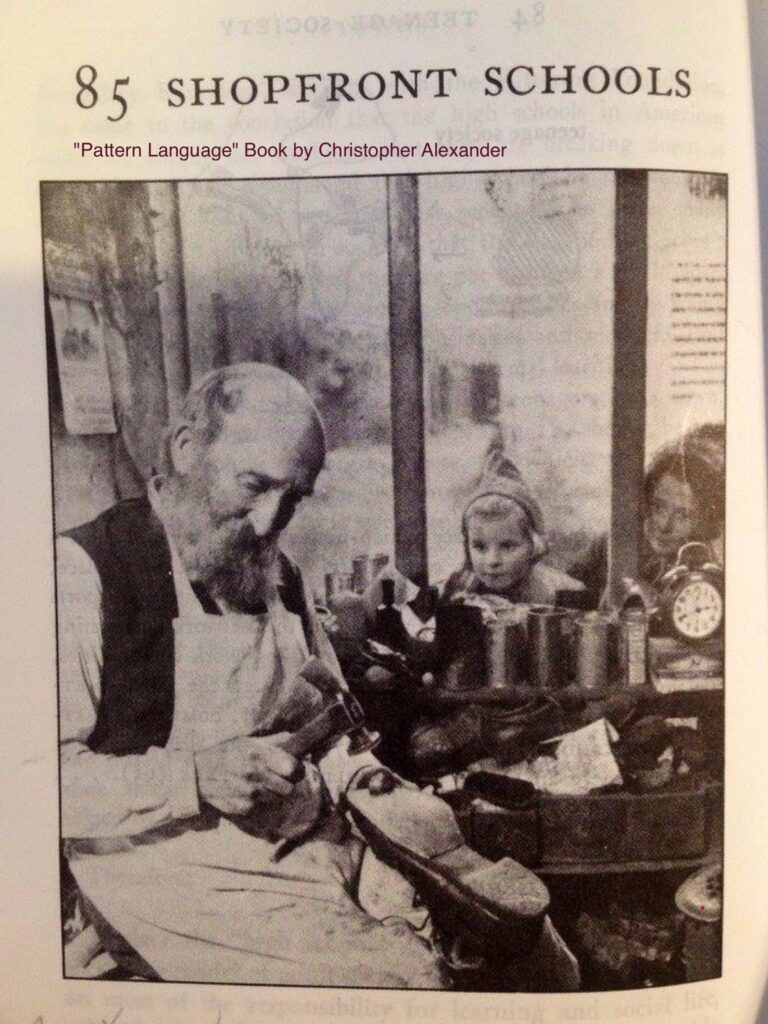
At the college level, consider the “Winter Bottle Lift and Transfer Project” from the Samueli School of Engineering. It’s a good example of the type of project design and analysis that’s needed before college-level projects are completed. Please note that the project required 3D printing for generating custom components. This is easier to do now that 3D printers are relatively inexpensive to buy and are commonly available. In Toronto, my relative Peter is currently generating fantastic Christmas decorations using a Bambu A1 3D printer for both himself and family members.
As with college competitions, teaching younger students how to use cogwheels, motors, magnets, and other tools to make toys move in a Christmas display is a fun way to practice what you learn.
As a side-note, if you are fond of robotics projects, look into the “Robot Pupper Showcase”, an American college robot dog competition from several years ago. The competition’s documentation online includes an overview of all the parts used by each team and how they achieved the final result. It’s useful to compare the different designs of each team and the pros and cons of each model.
As of 2024, robot dogs have graduated from college competitions and are now used by police and other professionals around the world.
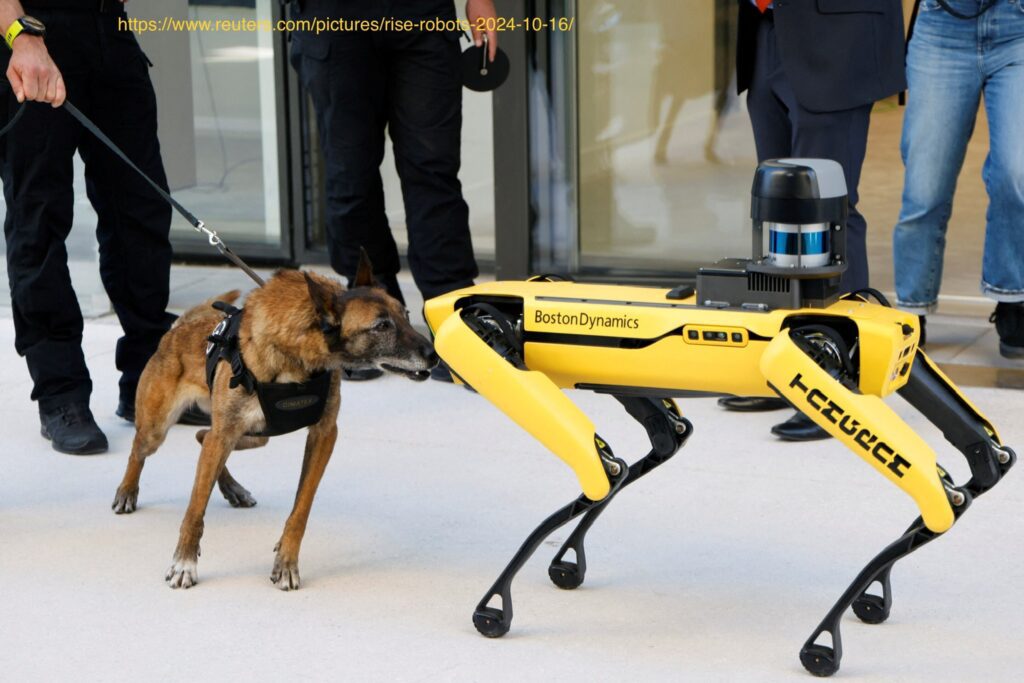
In the meantime, best wishes to all Eesti Elu / Estonian Life readers — here’s to a creative holiday season!
P.S. Congratulations to the Estonian student winners at this year’s Õpilasleiutajate riiklik konkurss. You can see who they are and what they worked on at etag.ee .

